







Give more patients the benefits of a straightened septum with a minimally invasive procedure.
For patients with nasal septum deviation (NSD), treatment options have been limited to medications or traditional invasive septoplasty/septorhinoplasty.1
A market research study found that the top three reasons patients do not seek septoplasty include:2
Recovery time
Time off work
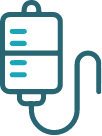
For patients with nasal septum deviation (NSD), treatment options have been limited to medications or traditional invasive septoplasty/septorhinoplasty.1
A market research study found that the top three reasons patients do not seek septoplasty include:2
Recovery time
Time off work


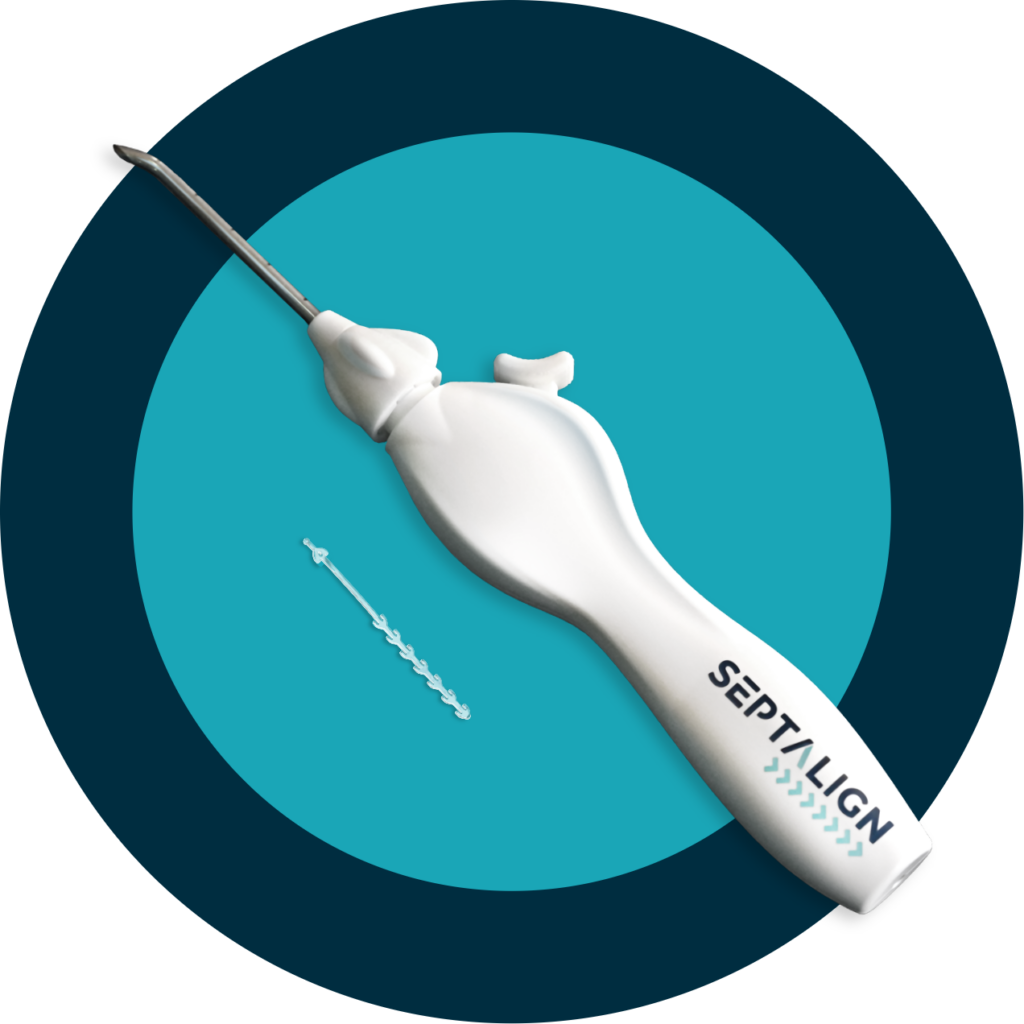


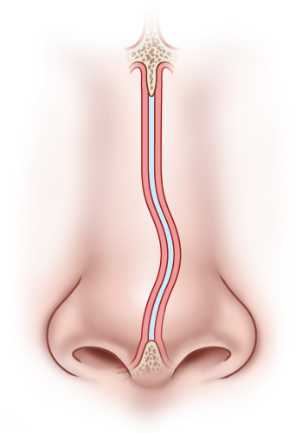
Deviated septum
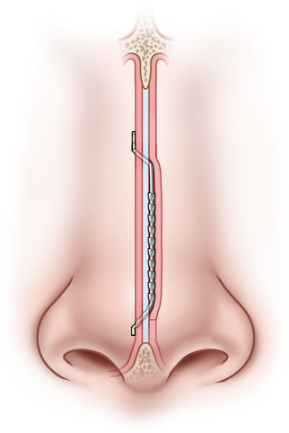
After procedure
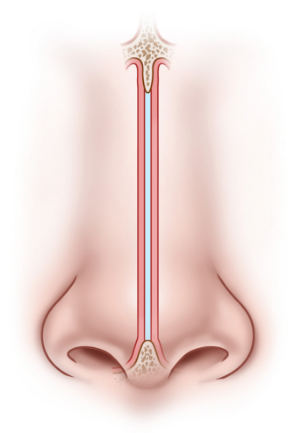
6 months after procedure*
*Individual results may vary.
The images shown are for illustration purposes only and may not be an exact representation of the product.

Deviated septum

After procedure

6 months after procedure*
*Individual results may vary.
The images shown are for illustration purposes only and may not be an exact representation of the product.
Correction of septal deviation has been shown to:1,4
Confidently treat a broad range of patients with NSD, including:
Can be easily integrated into each ENT’s preferred care algorithm

“After my physician used SeptAlign to help straighten my septum, I went back to work the next day. I liked that there wasn’t a long recovery, and now I can breathe so much better.”*
-SeptAlign Patient
*Individual results may vary
“After my physician used SeptAlign to help straighten my septum, I went back to work the next day. I liked that there wasn’t a long recovery, and now I can breathe so much better.”*
-SeptAlign Patient
*Individual results may vary

Enter your contact information below to receive more information or request a demo.
Indications for use: SeptAlign™ is used to support and straighten minor deviations in septal cartilage when sufficient healthy cartilage exists, and the cartilage is appropriately mobilized utilizing standard septoplasty techniques.
Potential adverse reactions are those typically associated with surgically implanted materials, including chronic inflammatory foreign body reaction, infection, septal perforation, and extrusion.
References:
1. Deviated septum. Mayo Clinic. Accessed February 8, 2024. https://www.mayoclinic.org/diseasesconditions/deviated-septum/diagnosis-treatment/drc-20351716
2. M3 Global Research Market Study of 200 ENTs. 2021.
3. Iamphongsai S, Eshraghi Y, Totonchi A, Midler J, Abdul-Karim FW, Guyuron B. Effect of different suture materials on cartilage reshaping. Aesthet Surg J. 2009;29(2):93-97. doi:10.1016/j.asj.2009.01.016 (Histological evaluation of cartilage reshaping in rabbits using PDO suture).
4. Septoplasty: What it is procedure & recovery. Cleveland Clinic. Accessed February 8, 2024. https://my.clevelandclinic.org/health/treatments/17779-septoplasty
Caution: Federal (USA) law restricts this device to sale by or on the order of a physician.
The SeptAlign™ System, and/or the use of the SeptAlign™ System in a method may be covered by one or more U.S. and/or foreign patents, including U.S. Patent Nos. 11,806,230 and 12,083,034. Other patent applications are pending. This page is intended to serve as notice under 35 U.S.C. § 287(a).
SPIRAIR® and SEPTALIGN™ are trademarks of Spirair Inc.
MRK-009-D
Copyright © 2025 Spirair, Inc.
